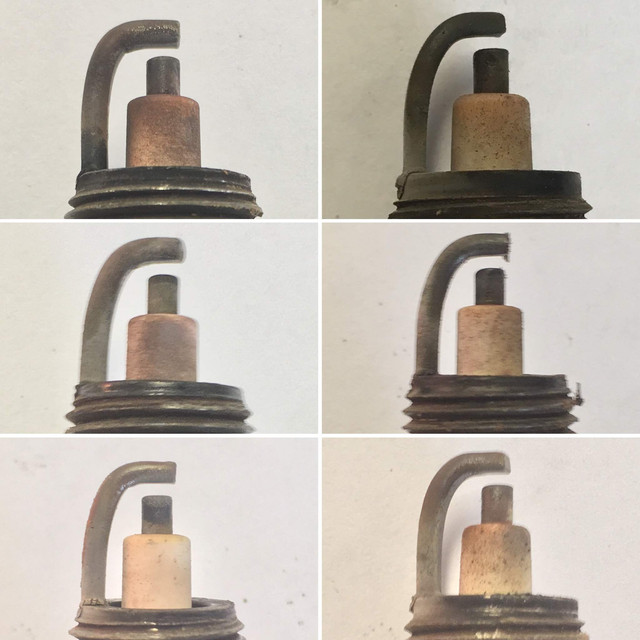GreatOdin'sRaven
NAXJA Forum User
- Location
- Las Vegas, NV
99 Jeep Cherokee
4.0 Liter
Since last year gradually changed:
Been acting up recently so I finally changed the radiator.
Before installing the new rad, I did a super flush with preston flush, drove it for three days, drained and flushed it, super gross brown water. I must have flushed it once a day after that running just water for 5 days until all the brown water stopped coming out. Filled it with a a 50/50 mix currently.
Its 111 degrees today in Las Vegas. I ran the jeep up-hill on the highway, temp gradually climbed to 240 before I stopped and headed back home.
I honestly don't know what else to do. Every part I changed is brand new or less than a year old.
Any suggestions or troubleshooting is welcome. Thanks guys.
4.0 Liter
Since last year gradually changed:
- Fan Clutch
- Electric Fan
- Thermostat (Super Stant 195)
- Water Pump
- Drive Belt
- Radiator
Been acting up recently so I finally changed the radiator.
Before installing the new rad, I did a super flush with preston flush, drove it for three days, drained and flushed it, super gross brown water. I must have flushed it once a day after that running just water for 5 days until all the brown water stopped coming out. Filled it with a a 50/50 mix currently.
Its 111 degrees today in Las Vegas. I ran the jeep up-hill on the highway, temp gradually climbed to 240 before I stopped and headed back home.
I honestly don't know what else to do. Every part I changed is brand new or less than a year old.
Any suggestions or troubleshooting is welcome. Thanks guys.

 since 2000 ( I feel as if I am one of the grand fathers here) and I have seen probably over a thousand over heating thread. It seem to occur mostly in the summer in the hilly part of the country. Here in mostly flat Florida and Texas not so much. The one thing every XJ owner do in common is to replace the radiator. I am not saying the radiator do not or should not be replaced. I have owned my XJ some 13 years and getting ready to replace the radiator a second time.
since 2000 ( I feel as if I am one of the grand fathers here) and I have seen probably over a thousand over heating thread. It seem to occur mostly in the summer in the hilly part of the country. Here in mostly flat Florida and Texas not so much. The one thing every XJ owner do in common is to replace the radiator. I am not saying the radiator do not or should not be replaced. I have owned my XJ some 13 years and getting ready to replace the radiator a second time. 

